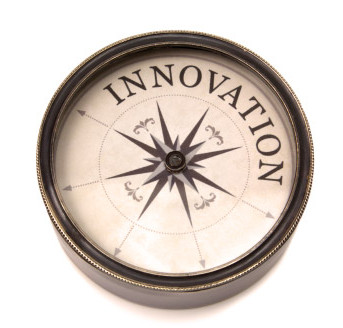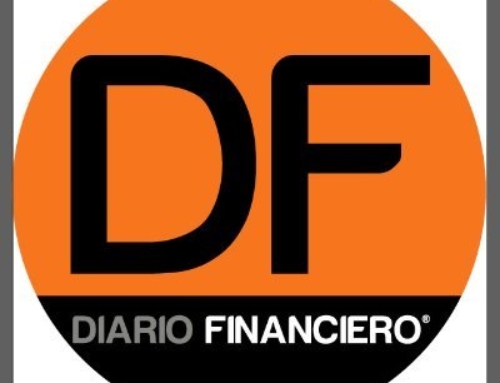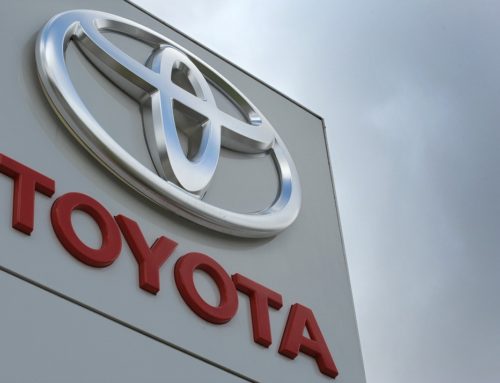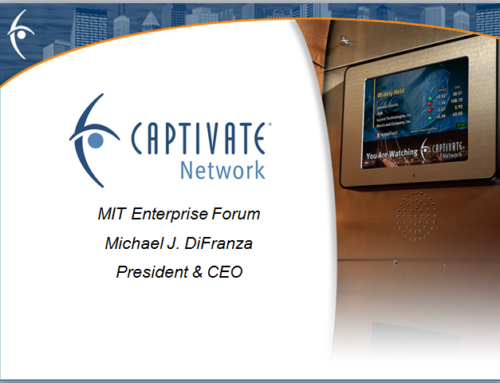The company Genzyme and their starting product Ceredase are clear examples of a firm that went beyond innovation, reaching the status of a real entrepreneurship firm.
The company started its operation in the year 1981, and was formed by a group of scientist that worked investigating genetically inherited enzyme diseases. In further years they generated excellent results, reaching the third place in the biotech market with $ 2, 7 billion in revenues for the year 2005, having facilities in 30 countries, 25 market products and 8,000 employees (Schilling, 2008).
The company is considered a leader in his market and in many other dimensions, like workplace. But what factors did drive their success? We can consider different aspects of the firm itself and the market where it competes, like having interesting Competitive Advantages like their group of scientist that develop their products, work in a small niche market like the one for rare diseases, or have high barriers of entry like tax breaks for the “orphan drugs” they develop. All this together generated a profitable business model with few competitors, segmented market, small sales forces, technologically savvy with high level of margins.
But all this together doesn´t explain the success, except if we consider Genzyme as an entrepreneurship company, beyond an innovative one. We can see that the main difference between innovation and entrepreneurship, besides translating a good idea or invention into a service or product for which people will pay, is taking the risks in the development of the venture itself (Unger, 2012). It is like making a business based upon own rules more than seeking money or wealth creation (Conley, 2011).
We can find some clues in the founder of the company, Henri Termeer that took the risk leading the beginning of Genzyme leaving a well-paid executive position at the company Baxter (Schilling, 2008). Besides the personal risk he took, he focused the firm´s strategy in the small niche market of the rare disease drugs, didn´t work with the large pharmaceutical companies and entered into a lot of side ventures, things that other competitors didn’t do or were not successful doing.
Resources:
Schilling, M.A. (2008). Strategic Management of Technological Innovation (2nd Ed). Boston, MA: McGraw Hill Irwin.
Unger, B. (2012). The innovation process –developing new products and services. Lecture 1. Boston: Boston University
Conley, Ch. (2011, July 5). What drives an entrepreneur? Retrieved on May 10, 2012 from http://www.huffingtonpost.com/chip-conley/what-drives-an-entreprene_b_888364.html






Leave A Comment